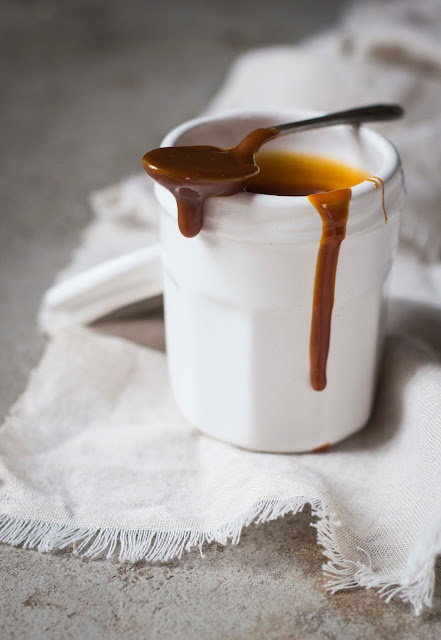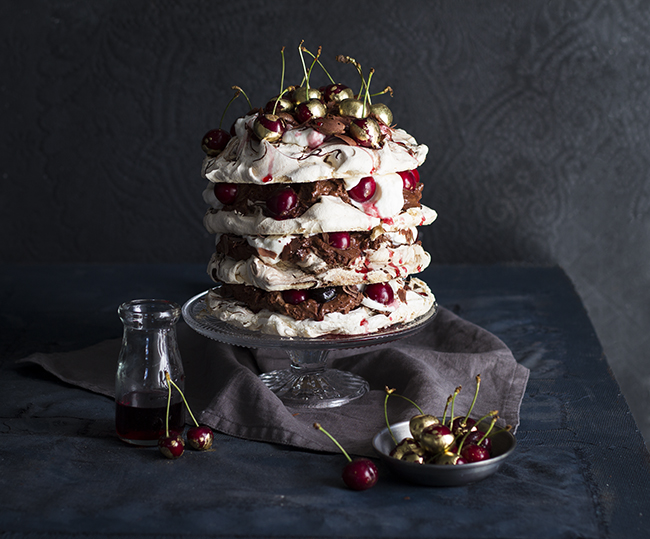Serves 8-10
Chocolate log:
6 eggs (separated)
150g castor sugar
50g cocoa
1 tsp vanilla extract
Cocoa powder, for dusting
Marshmallow filling:
4 egg whites
1 cup (250ml) castor sugar
1 tsp vanilla extract
Chocolate glaze:
55g dark or milk chocolate
1/4 cup (60ml) cream
2 tbsp (30ml) golden syrup or honey
1 tsp vanilla extract
Chocolate wafer biscuits, to garnish
To make the Swiss roll: Preheat the oven to 180°C and line a large baking sheet with baking paper.
In a large, clean bowl whisk the egg whites until thick and stiff, then slowly whisk in 1/4 cup of castor sugar.
In another bowl, whisk the egg yolks and the remaining castor sugar until the mixture is very thick and pale (about 10 minutes). Fold in the vanilla and sifted cocoa powder.
Lightly whisk 1/3 of the whipped egg whites into the egg yolk mix to lighten it, then fold the remaining egg whites in, taking care to knock as little air out as possible.
Pour the cake batter into the lined baking sheet and bake in the preheated oven for 20 minutes or until springy to the touch.
In a large, clean bowl whisk the egg whites until thick and stiff, then slowly whisk in 1/4 cup of castor sugar.
In another bowl, whisk the egg yolks and the remaining castor sugar until the mixture is very thick and pale (about 10 minutes). Fold in the vanilla and sifted cocoa powder.
Lightly whisk 1/3 of the whipped egg whites into the egg yolk mix to lighten it, then fold the remaining egg whites in, taking care to knock as little air out as possible.
Pour the cake batter into the lined baking sheet and bake in the preheated oven for 20 minutes or until springy to the touch.
While the sponge is baking, prepare the marshmallow frosting. Place the egg whites in a large glass or metal bowl and set over a saucepan of gently simmering water. Using a hand beater, whisk the egg whites until soft peaks, then slowly start sprinkling in the sugar.
Whisk the meringue until it is warm to the touch, then remove from the heat, add the vanilla and beat until cool.
Remove the cake from the oven ad allow it to cool a little before turning it out onto another piece of baking parchment which has been dusted in cocoa powder.
Make the glaze by combining all the ingredients in a bowl, microwave until the chocolate is melted and the glaze is smooth. Cool to room temperature before drizzling over the log. Top the chocolate log with remaining marshmallow frosting and sprinkle with chopped up wafers or chocolate wafer bars.
To assemble, place the cake with the short side closest to you, then spread with the marshmallow, leaving a border at the end furthest from you.
If you want, you can toast the marshmallow using a blow torch (or place under a very hot grill) until golden brown.
Roll the cake up tightly, trim off the ends if necessary and dust with cocoa powder.












